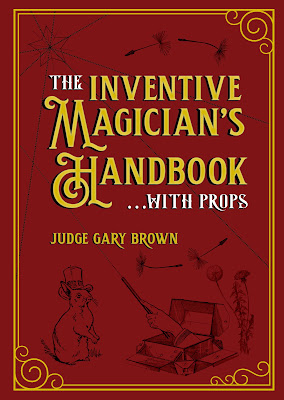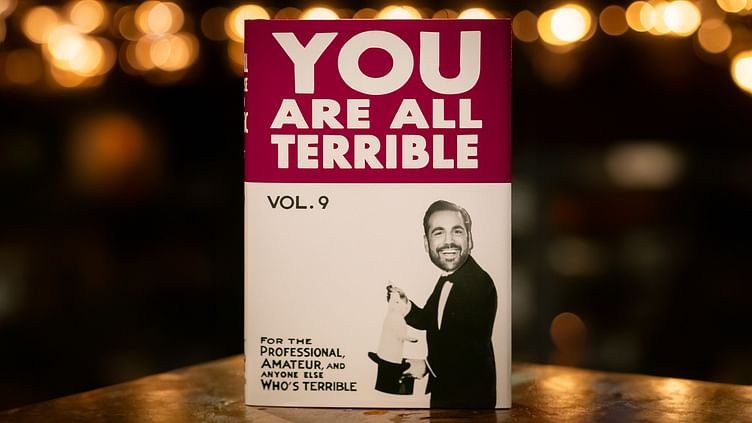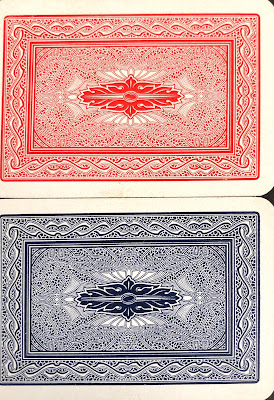Koran claimed to be the first (and only) man of mystery to be photographed at the White House during the Hoover administration. (This is unsurprising; a disaffected populace blamed the besieged President for mishandling the Great Depression, memorializing him by dubbing the resulting shantytowns as "Hoovervilles." The Hoover Administration likely had little appetite for fun.)
According to Koran's account, this picture represents the first time that a magician was photographed at the White House. While I have been unable to disprove this claim, for the reasons that follow, Koran's assertions should be viewed with some skepticism.
Koran, clad in a robe and turban, presented a crystal ball act much like that of Alexander, the Man Who Knows. He first worked under the name "Prince Rajbar Mahendra," working principally in the Midwest using several assistants and elaborate stage settings. Eventually, he became quite successful, working RKO theaters with a ghost show, authoring newspaper columns for the public, several books for stage performers and becoming a radio psychic.
"Koran, who presents the finest and most unique mental act I have ever witnessed, recently crashed the newspapers of this country as a result of a tie-up with President Hoover. First time on record a President ever posed with a performer for publicity purposes. Koran's predictions on Hoover as the next President will no doubt gain many votes. Even tho some have attacked the scheme as lacking dignity on the part of the President, we at least must present the sugar-coated crystal to Koran and his agent, Dolores Mullens. As clever a smash as any!"
Why would Hoover's people staff react so enthusiastically to Koran's prediction? Turn out that their files confirmed Koran's claim: four years earlier, in 1928, Koran had sent a similar telegram predicting Hoover's victory over Al Smith before it happened. So they scheduled a photo, turning the prediction into a national news story.
Not leaving well enough alone, Koran took the news photo, had a turban airbrushed onto his head, and printed up the souvenir card above. In the January 1941 issue of The Sphinx, Al Monroe noted having one of these cards in his scrapbooks, and recorded having received it from Koran at the 1932 SAM Convention in Detroit.
"Speaking of Presidential Prediction attempts, I am reminded of the following true story. In an obvious attempt to gain some nationwide publicity, Mr. Mentalist sent a telegram to both of the Presidential nominees, congratulating EACH and predicting each a winner. Of course, the loser was to be forgotten and not mentioned. Mr. Mentalist then contacted the newly elected president, recalling that he had predicted his winning of the election. The prediction telegram was acknowledged and Mr. Mentalist met the President on the White House Lawn and was photographed shaking hands with the President. The picture was blown up and used extensively for promotion. The mentalist was none other than the deceased KORAN (Perry Taylor). The President was Herbert Hoover!"


















































